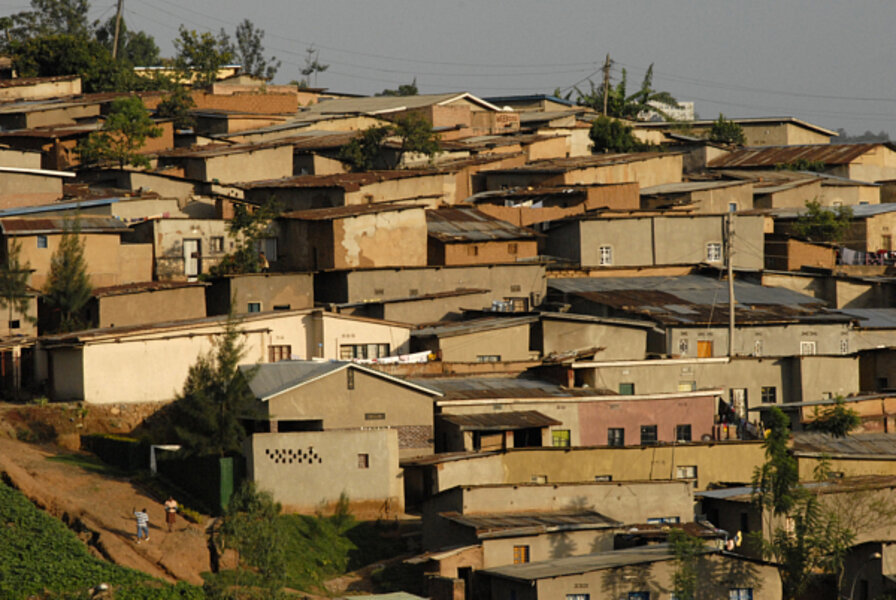UN rethinks how to measure, define "poor"
Loading...
| Kigali, Rwanda
The United Nations is starting to rethink that question. The UN Development Program yesterday unveiles this year's Human Development Report and the Human Development Index (HDI), the annual statistical extravaganza that offers an alternative to GDP as a measure of well-being.
This year, the HDI does something new for the poor: It multiplies them.
The report introduces a new measure for poverty. Called the "multidimensional poverty index" (MPI), it's a different way of thinking about who is or isn't poor. The old way was (comparatively) easy: Count the number of people who live on less than $1.25 a day. The report still does that, but it augments that income standard with a, well, multidimensional index.
Okay, first the wonky stuff. Stick with me here: With household survey data from 104 countries, researchers figured out how many households in a given country are "deprived" of any of 10 indicators of health, education and basic living standards. If a household is missing three or more of the 10 indicators, it's categorized as poor.
So what does that mean? It means that Rwanda, for example, may be poorer than those income numbers make it look: 60 percent of Rwandans live below the poverty line the country establishes for itself, but UNDP says that more than 80 percent of Rwandans are "multi-dimensionally poor."
"People’s lives cannot be measured simply in terms of money or income," says Jeni Klugman, director and lead author of the Human Development Report. "There’s much broader dimensions which people value and have reason to value."
The MPI does something else: It measures the intensity of that multi-dimensional poverty. That can tell you not only what percentage of a population is poor, but just how poor they are. (Is it me, or is there something almost Tolstoyian about it?)
There's a lot more to say about this year's report; it also introduces two other new indices, and it's got a lot of pages. Watch this space for my more in-depth treatment, including the questions this raises about aid.
– Jina Moore is a reporter who blogs at jinamoore.com.





